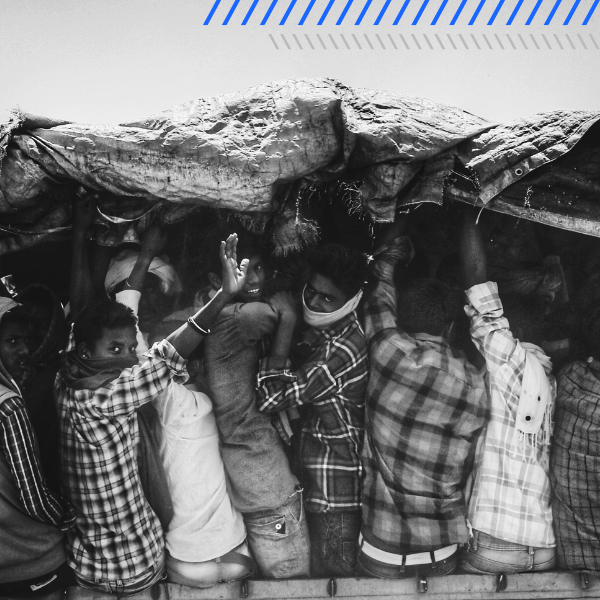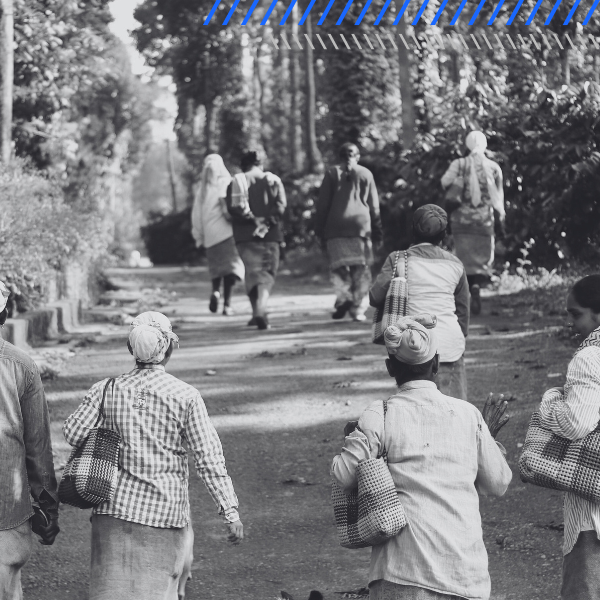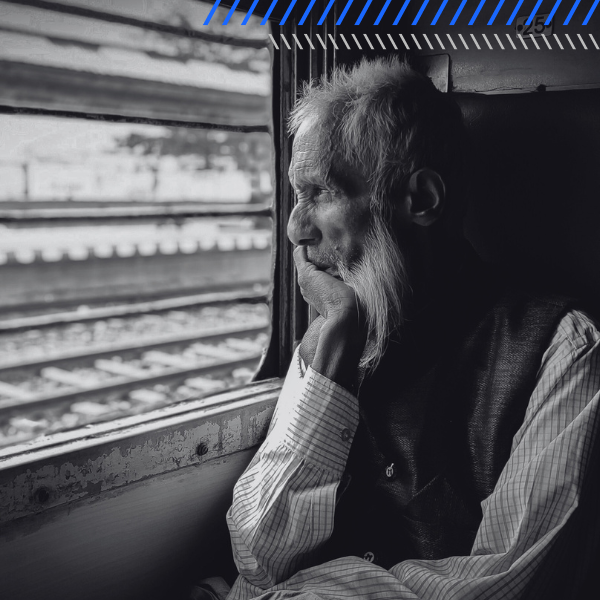March 15, 2020.
[Urgent] Organizational Measures In Light Of COVID-19.
This company-wide email last year first signalled the “new normal” for us. In the weeks leading up to this email, we knew something was brewing. More people had suddenly started wearing masks and working from home. But the email somehow made it more real.
It stated that everyone is required to mandatorily work from home until further notice. It went on to say that there is evidence supporting social distancing and handwashing to reduce the spread of COVID-19; that we must stay safe, take care of ourselves and our family, which includes our co-workers. The rest of 2020 took a similar path to what most of you reading this experienced yourselves: a blurry mix of chaos, gratitude, and being keenly aware of our collective mortality.
At this point, let’s pause. Take a few deep breaths with me. Drink some water.
<after the pause>
Now, over a year later, there is a new feeling in the mix – fatigue. This article has been tweaked and frustratingly edited countless times, to reflect the worrying trajectory of the pandemic in India. We at GBL are, for the most part, still working from home. There has been some relaxation to begin field work for a few urgent projects. But most projects pivoted to interviewing factory workers via phone throughout 2020, an activity that lies at the core of what we do. Through this process what we have come back to time and again, in team discussions and individual reflections, is that the people on the other side of the phone don’t have the luxury to work from home.
This contrast of our situation versus their situation has been rather sobering. If you’re reading this, you are digitally literate and probably own a smartphone. In a survey of 2600 garment workers in 2018, we found that 2/5th of the workers did not know how to send an SMS and only 45% of them owned smartphones.
You are also probably not working a minimum wage job. Factory workers, our main stakeholders in India, earn minimum wages, which depending on their skill, industry, and state of residence, are somewhere between INR 8,000-10,000 a month (USD 109 -136). In the garment industry, most of them are women, who do double shifts – one at home to make sure the rest of the family is all set for the day, and the other at the factory.
On the days I am feeling unwell, I can ping my boss to say I will start work a bit late. If you are a night owl, Work From Home (WFH) has probably been a boon for you, allowing you to structure your work days according to a sleep schedule you prefer. Working hours and holidays for factory workers are in accordance with the national labor laws; work shifts are of 9-10 hours (typically between 9:00am to 6:00pm), including a lunch break for 30-45 minutes (this depends on the factory). They work six days a week and get a weekly off only on Sundays.
These comparisons made us realize that although the virus does not discriminate between who it infects, and that COVID-19 has upended life as we knew it, its impact on day to day lives has been vastly different across different social groups. And to that end, we cannot and must not reduce this time period to a single narrative that is based on one dominant group’s lived experience.
And for this reason, the theme of the first series of GBL Access, our new thought leadership initiative, is “But, what about me? I can’t work from home.” Our goal is to highlight how this pandemic has been particularly devastating for low income workers and their families; through conversations on the ground with workers, and by drawing on GBL research and expert insights from the business, academic, and policy world. To envision how we can collectively drive action.
We will look into the multiple dilemmas that both firms and workers have had to manage while trying to get to grips with this new reality, and how labor-intensive industries are rethinking “business as usual.” The overarching question is how, together, we can build back with more resilience and focus on worker wellbeing.
We hope by perusing through all the content we create, you can walk a mile in the shoes of migrant workers, ask businesses how they’re bouncing back, and pay special attention to the future of women’s work.


